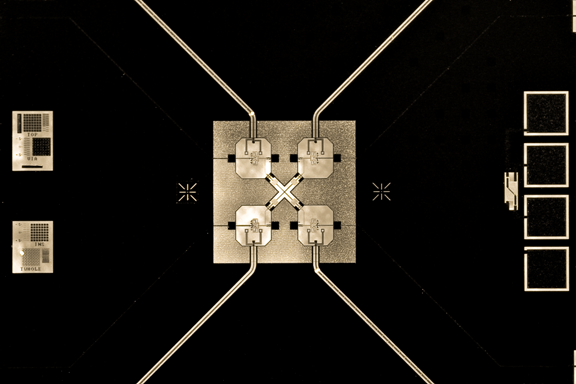
Cryptography is mainly about keeping and sending secrets. Beginning in the 1970's, techniques evolved to meet the needs of the continual migration of information and services on-line to secure the cyber analog of many human ceremonies. For instance, the signing of a document; or the arrival at an agreement, retaining all the necessary complexities of face to face negotiation. This change of focus could be attributed to the New Directions paper of Whitfield Diffie and Martin Hellman.
However, cryptography was a birth-twin to the 20th century theories of information, computation, and complexity. And it demanded the most profound exercises in exploiting those theories. Alan Turing, of Turing Machine fame, was deeply involved in World War II code breaking, creating one of the first computers and inventing probabilistic algorithms to run on those computers. The basic mathematical model of cryptography was stated by Claude E. Shannon, the man that give the world the word: "bit". ( I don't know the jokester who then called 8 bits a byte, or 4 bits a nibble.) The mathematics of Zero-Knowlege Proofs, by Shafi Goldwasser, Silvio Macali and Charles Rackoff, expanded the thought domain from information to knowledge, defining the substance of "knowledge" and teaching how knowlege is gained.
A substantial challenge to the field of cryptography is the quickly advancing technology of quantum computing. With quantum computing, scientists and technologist harness the weird physics of the quantum world to go beyond the current capabilities of classical computers. The technology has advanced to the point were anyone with an internet connection and create a quantum program and send it off the run by the manipulation of quantum phenomena dancing at temperatures closer to absolute value then found anywhere else in the universe.
These machine pose theoretical challenges to the theories support cryptography, and also enable devastating attacks against our current crypto-capabilities. However, either without quantum computation, quantum communication was exploited already by Charles Bennett and Gilles Brassard, 1984, to create un-tappable communications channels. Such channels are now practical, and in operation.
This course will introduce you to quantum computing, with only a requirement of probability and linear algebra, or the interest to learn basic probability and linear algebra, to go over the classical curriculum of information theory and cryptography, as it pertains to the course; and to introduce the quantum world of cryptography. You will perform experiments on quantum computers.
Experience the future on Mondays. Coming this fall.

author: burton rosenberg
created: 24 aug 2020
update: 24 aug 2020